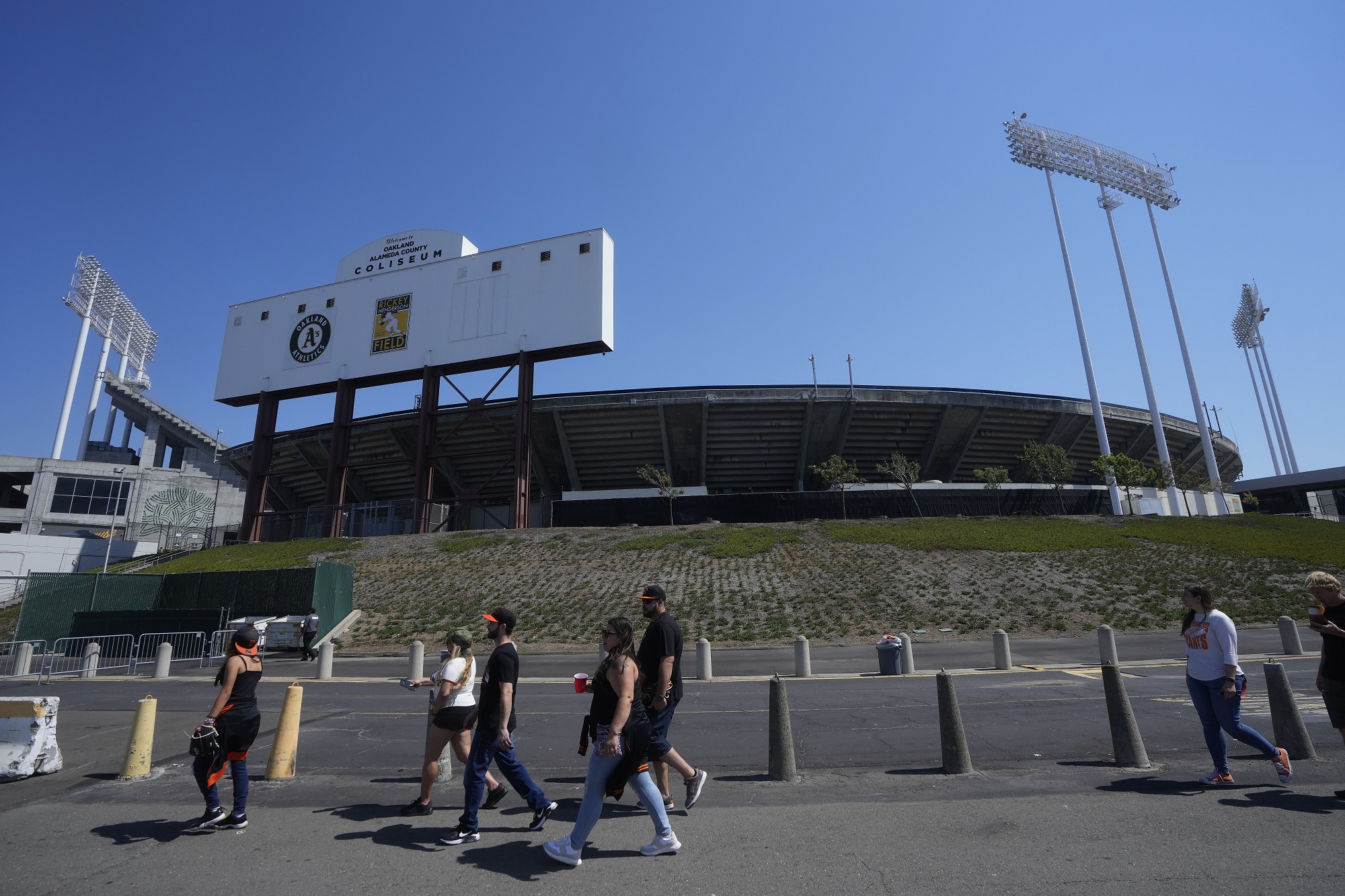AASEG has already committed to making 25% of any housing built affordable. Other requirements will be hammered out beginning in the next five years. Eventually, the group will sign an agreement with a subset of these stakeholders, legally requiring them to include certain elements in their development.
It’s important to Bobbitt that there are a lot of voices around the bargaining table when these choices are made because, as Castlemont students have discovered, it’s not only the obvious things — affordable housing and jobs — that residents are hoping for.
The No. 1 answer to Jacobson’s class survey, which asks people their top three priorities for the development, is access to food. More than 400 people want a nearby grocery store and restaurants. Survey respondents ranked a desire for commercial space and entertainment opportunities closely behind.
“Young people want things to do in their own community, like movie theaters, arcade — things that are fun, because East Oakland does not have a lot of that,” she told KQED. “There’s been so much disinvestment that all of the fun stuff has left. Students have to go to San Leandro or Hayward to go to the movies or the mall.”
“Oracle Arena is great, but my kids can’t always afford tickets to go to a big concert. They can go to a movie if there was a movie theater,” she continued.
Of course, housing is also a priority for many people the students surveyed, and it’s a focus of the East Bay Alliance for a Sustainable Economy, an organization of the Oakland United Coalition that AASEG is also working with on the benefits agreement.
“The three main issues that we would like to see in the community benefits agreement that we feel would have a long-lasting impact are creating job opportunities, creating stable housing and creating an environment that’s going to be healthy for our children and our elders,” said Saabir Lockett, EBASE’s deputy director of civic engagement.
Other priorities that ranked high on Castlemont’s study include community resources, job opportunities, libraries, medical centers, parks and pools. Which of the priorities — including those sure to be raised by other community groups in the coming years — will rise to the top of the list is still to be decided.
Brianna Vega, now a senior at Castlemont High School, wants to see parks and gardens, especially near the creek that runs through the site.
“Just make it green,” said Vega, whose group project included vast outdoor spaces with shade and seating. “Put more nature into it and make it super colorful.”
Castlemont’s students and AASEG both plan to continue dreaming up what the project could be.
“It’s us being of the community, giving back to the community and making sure it’s done equitably, especially for those who have been historically disenfranchised in these sixth and seventh district areas that the Coliseum is a part of,” Scott said, referring to Oakland City Council districts.



